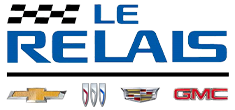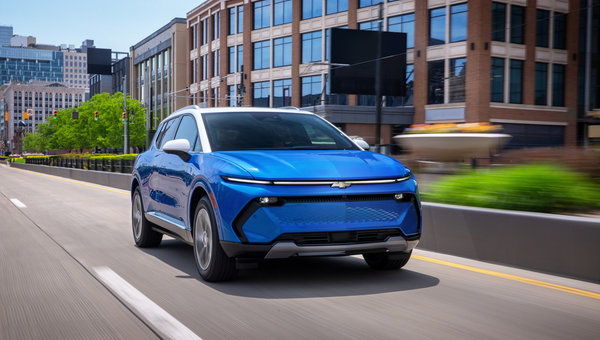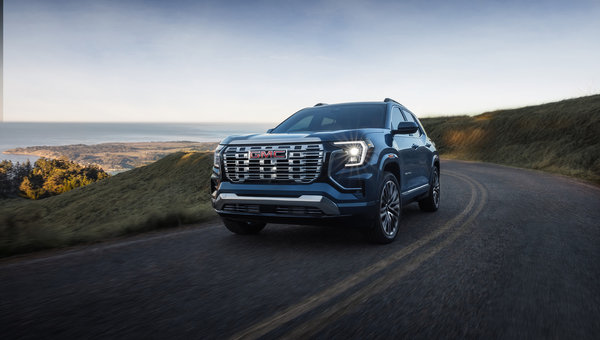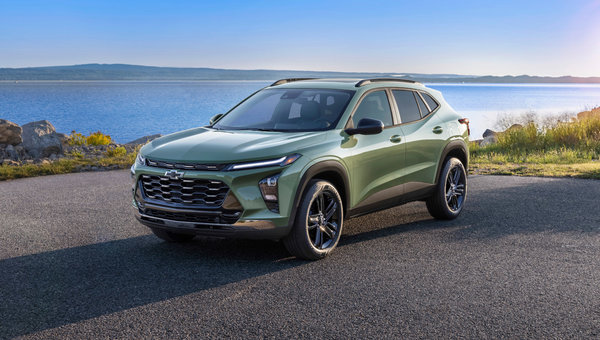Chevrolet's Super Cruise: Hands-Free Driving Explained for Highway 40 Trips
October 15 2025,
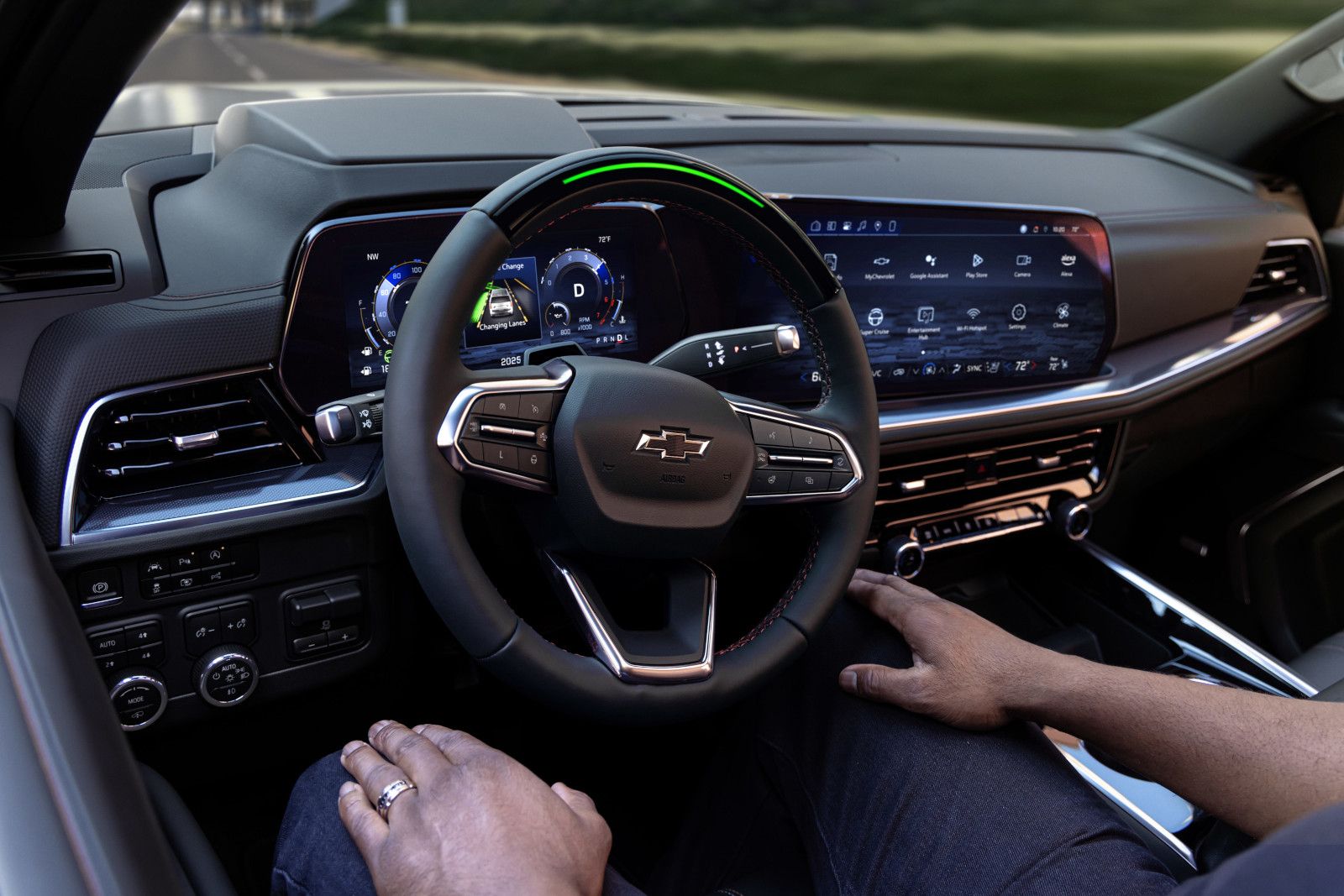
Long drives between cities can wear you down. Highway 40 between Montreal and Quebec City stretches for hours. The same is true for trips to Toronto. Your hands stay on the wheel, your eyes stay forward, and your shoulders get tight.
Super Cruise changes this. It's a hands-free driver-assistance system that works on compatible highways across North America. The technology uses cameras, sensors, GPS, and high-precision maps to handle steering while you stay alert and ready to take over. For drivers in Quebec who regularly cover long distances, it can make the journey far less tiring.
How Super Cruise Works on Compatible Highways
Super Cruise functions only on pre-mapped highways with clear lane markings. The system relies on real-time GPS data, LiDAR maps, and sensors to track your position and surroundings. A Driver Attention System monitors your eyes to ensure you're paying attention to the road.
To activate Super Cruise, you first turn on Adaptive Cruise Control. When the system detects you're on a compatible highway and all conditions are met, a white Super Cruise symbol appears on your instrument cluster. Press the Super Cruise button on your steering wheel, and the steering wheel light bar turns green. You can then take your hands off the wheel.
The system handles steering within the lane. You remain responsible for monitoring traffic, road conditions, and anything unexpected. Super Cruise will not steer around hazards, avoid objects, or navigate through construction zones. If you need to merge, exit, or respond to a traffic control device, you take over.
What the Driver Attention System Monitors
The Driver Attention System uses a small camera on the steering column to track your eye movements. It ensures you're looking at the road ahead and not down at your phone or out the side window.
If the system detects you're not paying attention, it will alert you with visual and audio warnings. If you still don't respond, the system will disengage and bring the vehicle to a controlled stop.
This monitoring is constant while Super Cruise is active. You can glance at mirrors, check blind spots, or briefly look at the infotainment screen, but your primary focus must stay on the road.
Key Features That Reduce Driver Fatigue
Super Cruise includes Lane Change on Demand. When you activate your turn signal, the system checks for an opening in the next lane and executes the lane change without further input from you.
On properly equipped vehicles, Automatic Lane Change goes a step further. When the system detects slower traffic ahead, it will signal, change lanes, pass the vehicle, signal again, and return to the original lane—all without you touching the controls.
These features reduce the repetitive steering and lane-change decisions that contribute to fatigue on long trips. Your attention stays high, but your physical effort decreases.
Compatible Highway Coverage
Super Cruise works on more than 640,000 kilometres of compatible highways in Canada and the United States. This includes major routes like Highway 40 between Montreal and Quebec City, Highway 20 along the St. Lawrence, and the 401 toward Toronto.
The system relies on GPS and pre-mapped data, so coverage continues to expand. Map updates download automatically through your vehicle's connected services.
You can use Super Cruise in most highway driving situations, but not in construction zones, tunnels, or areas with poor lane markings. The system will alert you when conditions make it unavailable.
What You Need to Use Super Cruise

Super Cruise requires an active Chevrolet Connected Services plan. New 2025 Super Cruise-equipped vehicles include three years of connectivity. After that, you'll need a paid subscription to maintain functionality.
Adaptive Cruise Control and Forward Collision Alert must be active for Super Cruise to work. Teen Driver mode must be turned off.
Your vehicle's cameras and radar sensors must remain clear. Snow, ice, or mud covering these sensors will disable the system until you clean them.
Why Super Cruise Matters for Montreal-to-Quebec City Drives
Highway 40 between Montreal and Quebec City is a straight, predictable route. Traffic flows steadily for long stretches. These are ideal conditions for Super Cruise.
Instead of gripping the wheel for three hours, you can relax your arms and shoulders. The system handles the small steering corrections that keep you centred in your lane. You stay alert, but you're not fighting to stay focused on repetitive tasks.
The same benefit applies to longer trips to Toronto. Hours on the 401 become less exhausting. You arrive more rested and ready for whatever comes next.
At a Glance: Super Cruise Key Facts
|
Feature |
Details |
|---|---|
|
Coverage |
More than 640,000 km of compatible highways in Canada and the U.S. |
|
Driver Monitoring |
Driver Attention System tracks eye movement to ensure attention on the road |
|
Lane Changes |
Lane Change on Demand and Automatic Lane Change (on equipped vehicles) |
|
Requirements |
Active Adaptive Cruise Control, Forward Collision Alert, clear lane markings, active connected services plan |
|
Limitations |
Does not work in construction zones, tunnels, or poor weather; will not steer around hazards or objects |
Learn More at Le Relais Chevrolet
Super Cruise is available on select Chevrolet and GMC vehicles. If you're interested in seeing how it works or learning which models offer the technology, visit our team in Montreal to learn more.

